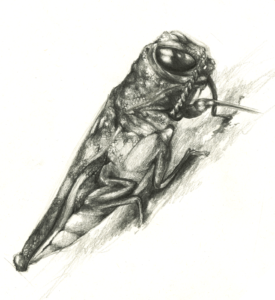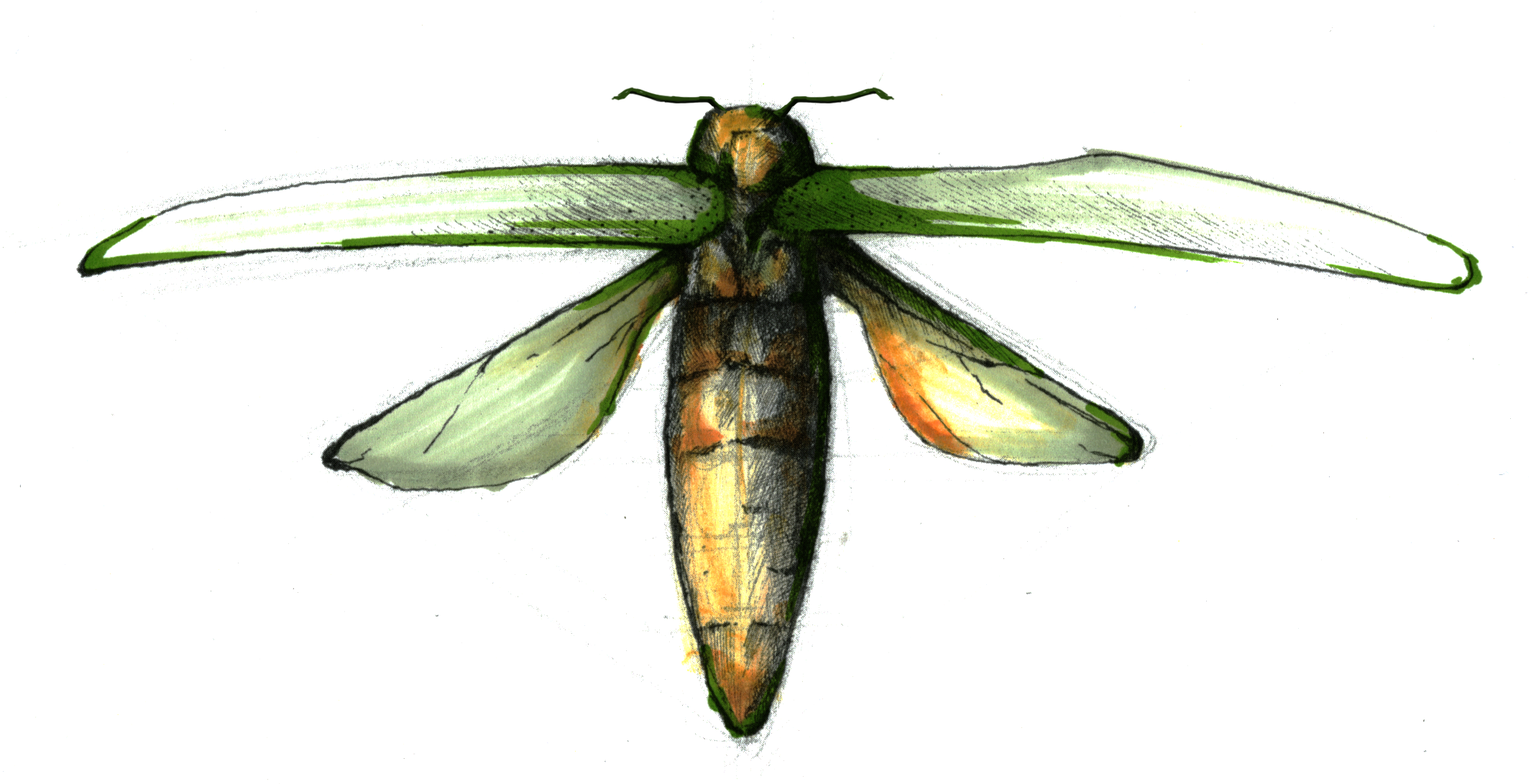If an ash tree falls on Carleton’s campus and no one is around to hear it, does it still make a sound? That’s debatable, but what isn’t is that many of Ontario’s ash trees are in danger from a small but highly destructive insect called the emerald ash borer.
This insect is an invasive beetle species that attacks ash trees, resulting in the eventual death of all ashes carrying the beetles, said Nitin Verma, a forest resource protection officer with the Canadian Food Inspection Agency (CFIA).
Once trees are infested with the emerald ash borer, the trees are in danger of falling down over the next few years, Verma explained. The emerald ash borer infects trees by laying beetle larvae around the bark area until the tree is strangled to death, he said.
Victoria Badham, a volunteer and stewardship co-ordinator with the Local Enhancement and Appreciation of Forests (LEAF) organization, said this problem will spread across Canada.
“It will be an issue that affects all communities eventually,” she said.
“For example, in Toronto we could lose about eight per cent of our tree canopy, which would leave quite a big dent,” she said.

The beetle, which originally came from China, is suspected to have come to North America in 2002 on imported wood material or shipping crates, Verma said.
Because the emerald ash borer is an invasive insect, it is registered on the Government of Canada’s list of regulated pests. The CFIA is responsible for reducing its spread and has taken preventative measures, Verma said.
Verma said removing the borer is a unique challenge because it’s difficult to calculate its population.
“Because of [the emerald ash borer’s] ability to hide its vast population numbers, it’s pretty impossible to eradicate this pest,” Verma explained.
“All we can do is try to slow down its spread from where it’s found and protect parts of Canada where it hasn’t been found yet,” he said.
While the beetle biologically can only impact ash trees, it can still have a negative effect on the nearby ecosystem.
Losing ash trees means a loss of shade, bird nests, and competitive interaction from an ecological standpoint, said Verma, who affirmed that it does have a “biological impact.”
According to Verma, the CFIA is using regulatory tools like movement restrictions to prevent people from moving potentially infected wood products like ash trees, logs, and firewood.
People bringing firewood from different areas of Canada into campgrounds instead of using locally sourced firewood can accelerate the spread of the emerald ash borer, Verma said.
LEAF, on the other hand, is a supporter of treatment options for ash trees, Badham said. Trees can be injected with the insecticide TreeAzin, which requires multiple treatments, to protect against the emerald ash borer.
Badham said LEAF also encourages replanting due to the widespread loss of tree cover from the invasive beetle, estimating that any ash tree left untreated in Toronto will die by 2017.
Verma noted that the CFIA acknowledges chemical treatment can be used in certain cases, like when heritage trees are involved, but said “from a regulatory perspective, we don’t view it as a valid option because it doesn’t destroy the beetle.”
Carleton hasn’t escaped the emerald ash borer unscathed. The university recently removed 129 trees on campus due to the beetle, according to the university’s website.
“That’s what you’re seeing, all those trees that were taken down on campus had got to a point where the population of beetles in that tree was high enough that the tree was in danger of falling down and causing damage over the next few years,” Verma said.






